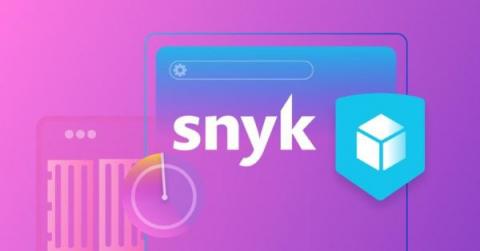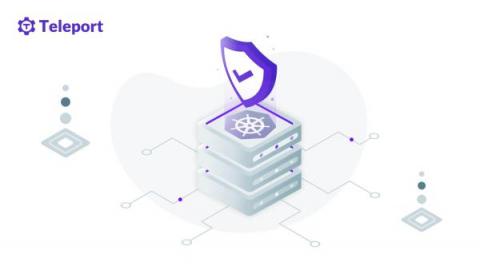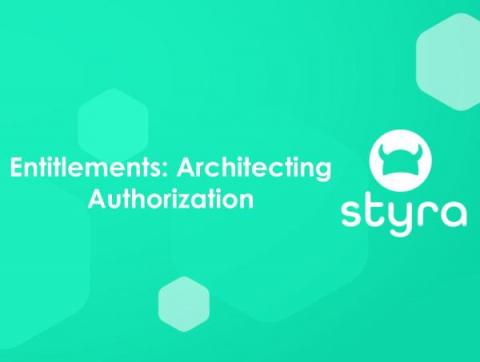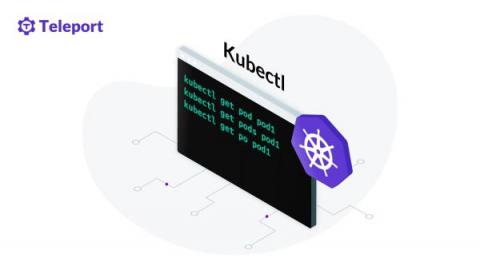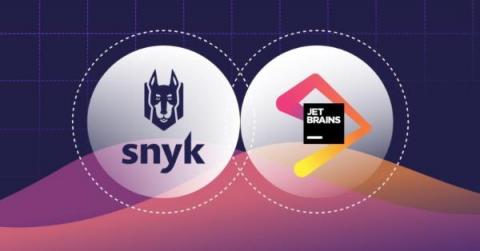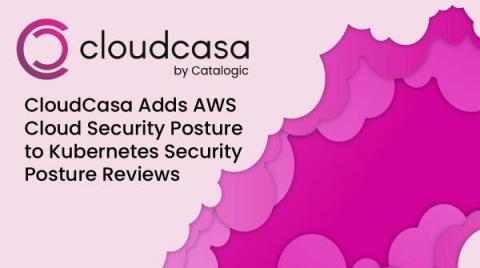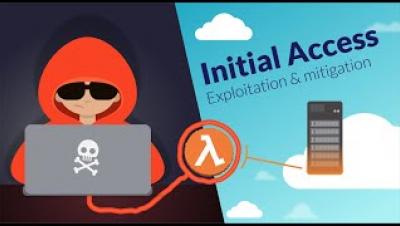Simplifying container security with Snyk's security expertise
The most beautiful and inspiring aspect about open source code is, well, that it’s open source. We can look at open source packages like gifts that are exchanged between developers across the engineering world, allowing them to learn from the work other people do, contribute their own expertise, and grow their professional capabilities. Contributing to open source is much appreciated, and it is important to remember not only to benefit from these projects, but also to contribute back.


